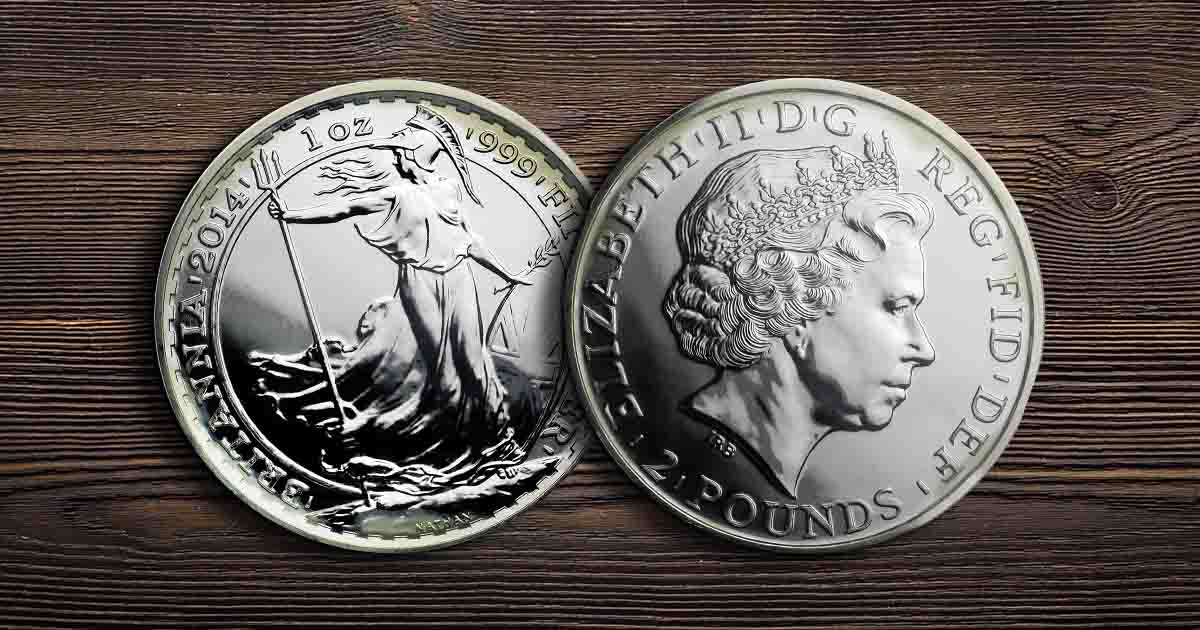
Mule coins are a category of error coin characterized by a die pair that was not intended to be struck together on one coin. Mules are the rarest coin errors and collecting just one is a crowning achievement for some fortunate numismatists.
The term mule is used to highlight the pairing of two things that are not alike on the two sides of the coin. Like mules who are the offspring of a female horse and a male donkey. They share the physical characteristics of horses and donkeys.
How are Mule Coins Categorized?
A mule’s denomination is determined by the planchet used to mint the coin. In the case of a Sacagawea planchet with a 50 State Quarter mule, the mule would be referred to as a $1 coin. If the planchet was a quarter-dollar planchet, it would be a quarter-dollar mule.
Two types of mule coins are those that pair the obverse design with the reverse of another series and those that pair the reverse design with the obverse of another series. There are further categories of mule coins like those which have an obverse and a reverse, those which are struck from two obverses, and those which are struck from two reverses.
The latter examples are more elusive than any other error coin, and there are only a few known instances of that mule.
There are only a few known Washington quarters and a single Roosevelt dime that was struck from two reverse dies. One two-tailed Washington quarter from 1965-1966 was sold in MS-66 condition in 2006 for more than $40,000.
There is one known 2000-P Jefferson nickel struck and one1859 Indian Head cent that were struck from two obverse dies. The Indian Head cent was sold in 2008 for $195,000 by Heritage Auctions.
How are Mule Coins Produced?
The proper name for a mule coin would be a die swap error coin, but that does not communicate the rarity and value of the error in the same way the term mule does. Mule coins are similar to other error coins in that they are the result of human error. However, instead of the wrong planchet being in a coin hopper, mule error coins are produced when the wrong dies are installed in a coining press.
In the case of the most prominent United States mule coin, the obverse die for the 2000 Sacagawea dollar, the obverse die cracked. Instead of replacing it with the correct die, a Washington statehood quarter obverse die was installed.
Another notable example of the die swap error is the 2001-D Lincoln cent mule. While producing Lincoln cents, a Roosevelt dime reverse die was mistakenly installed in the press, resulting in a Lincoln cent with a dime reverse. One of those mules sold for $114,000 in June of 2021.
Are Mule Coins Rare?
Due to the high degree of error required to produce mule coins, they are the rarest error coin and command high prices. Some mule error coins exhibit other errors, like die clashing, that are extremely rare, and some that are easier to find.
There are about 20 known examples of the 2000-P Sacagawea dollar reverse struck with a 50 State Quarter obverse. While this is the most plentiful mule coin known in the United States, it also commands a high price, as these sell for $100,000 to $125,000.




